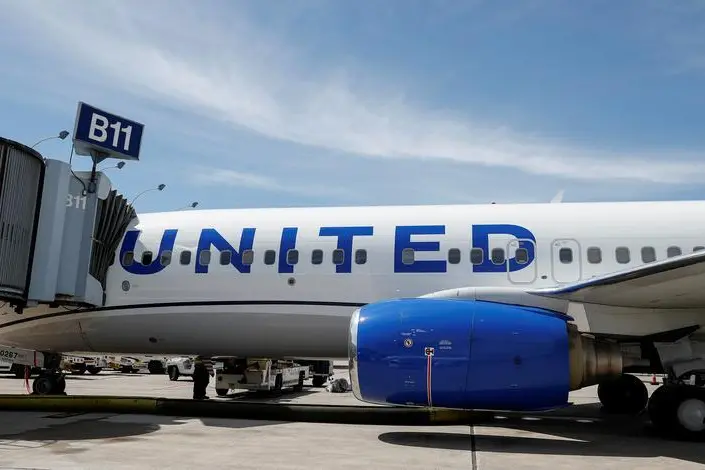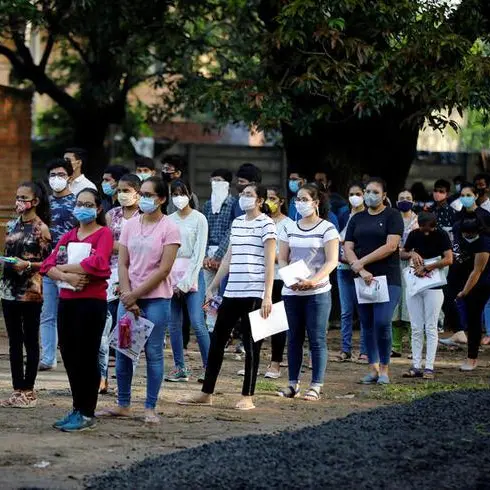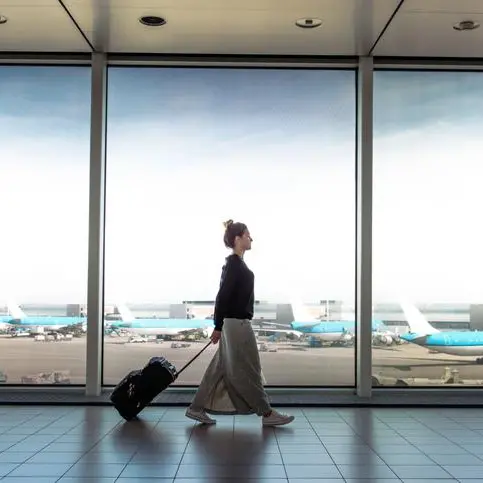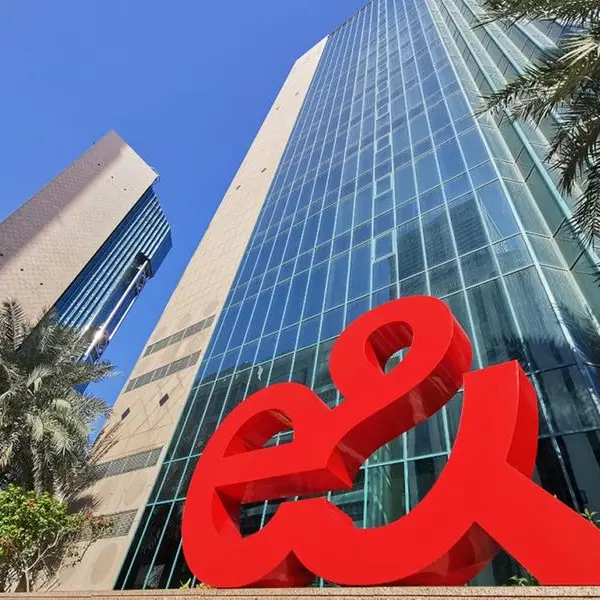PHOTO
NEW YORK - The word “bailout” is making a comeback in the United States, 11 years after the federal government last stepped in to prevent major industries from going under. This time, the rapid spread around the globe of coronavirus has whacked markets and confidence. A few types of business are already suffering, including airlines.
President Donald Trump says he wants to help them – as well as cruise lines. Some air carriers, like Delta Air Lines and United Airlines, may not need aid: Their industry was, before Covid-19, at its healthiest in decades. But taxpayer rescues may yet be needed. They do, though, need the right structures. Breakingviews offers a bluffer’s guide.
IDENTIFY THE GOVERNMENT’S JOB
It’s tempting to try to become everyone’s savior, especially when – unlike, say, in the financial crisis when banks could be at least partially blamed – the problem is a disease and there's no obvious culprit.
But hard choices need to be made. Aside from the immediate healthcare response and tiding over the worst affected citizens, a government’s key role is arguably to ensure that critical services like security, healthcare and infrastructure, are not compromised. Airlines, utilities and some energy companies fit that bill, as do banks. Rescuing these industries is likely to be less disruptive and cheaper over time than the alternative – letting them fail.
Carmakers, some of which were bailed out in the financial crisis over a decade ago, aren’t in quite the same category but matter to the manufacturing sector and employment. The cruise industry is much less obviously crucial to the economy, even though it's in the crosshairs of Covid-19. That doesn’t mean bailouts should be ruled out, but the case needs to be strong.
BE A LAST RESORT
Sure, the quick one-two jab of the coronavirus and the oil-price war sparked by Saudi Arabia over the weekend may have shortened the time to act. But some at-risk companies have already moved swiftly. Delta boss Ed Bastian hopes to have at least $5 billion of cash on hand by cutting plane capacity, slashing expenses, deferring pension contributions and capital expenditure, and putting stock buybacks on hold.
United has just tapped its banks for $2 billion in loans, boosting its cash on hand by a third; German airline Lufthansa made a similar move last week. United is also cutting capital expenditure. Outgoing Chief Executive Oscar Munoz and his successor Scott Kirby will also take no pay until the end of June. Australia’s Qantas Airways is cutting costs, too, and reducing executive pay by 30%, with boss Alan Joyce forgoing his salary for the rest of the fiscal year.
In the quarter after the September 11 attacks in 2001, U.S. airline-industry revenue fell by a third while costs were trimmed just 10%. Apply that to all of 2020, and operating losses for the top three U.S. airlines would hit $14 billion. Their recent actions, coupled with already decent balance sheets, make that look manageable. Even after 9/11, only a fraction of the $15 billion airline bailout package passed by Congress was ultimately used.
CHOOSE YOUR WEAPON
The U.S. federal government deployed all manner of tools in the 2008-09 financial crisis. Direct investments took the form of preferred stock and warrants. The feds also guaranteed financial companies’ debt and set up a public-private fund to invest in bad assets, among other programs. Any or all of these might work again.
KEEP IT SIMPLE, EVEN IF IT’S IMPERFECT
Last time the airlines were bailed out, some adjacent industries managed to collect money because of the terms of the assistance. And some of Washington’s cash after the 2008-09 crisis went to banks that didn’t really need it. In fact, they were for all intents and purposes forced to take it. It’s better to make rescues more widely available than making them so narrow and/or complex that deserving candidates miss out and those that do receive them are stigmatized.
ATTACH STRINGS, BUT THOUGHTFULLY
If a government rescue is necessary, get the terms sorted out first. The administration of Barack Obama caused a stir during its first few months in office in 2009 by adding executive-pay restrictions to the bailout capital doled out to banks in the final months of President George W. Bush’s time in office. Sure, politics played a role, and some excessive bonus payments in the interim by Merrill Lynch and the like didn’t help the banks’ cause. But retroactive measures are better avoided.
Yet help shouldn’t come entirely without constraints. Pay restrictions are one way to incentivize managers to repay government loans as quickly as possible, for example. Forcing companies to stop buying back stock and paying dividends while they are benefiting from bailout money belongs on the list, too.
DON’T OBSESS ABOUT A FEW UNDESIRABLE OUTCOMES
For all the planning, there will be mistakes. Some bailout recipients will still fail. Some will seem undeserving either at the time or in hindsight. Sometimes, individuals will profit handsomely from deals that fuse public and private capital. A number of investor groups made a killing buying and turning around defunct banks after both the early 1990s crash and the 2008-09 meltdown.
One person who profited in the latter crisis was current Treasury Secretary Steven Mnuchin, who led a consortium to buy failed bank IndyMac in 2009, renaming it OneWest and selling it six years later to CIT.
SPELL OUT WHAT TO DO WITH ANY PROFIT
The government may also make money from a bailout. The 2008 Troubled Asset Relief Program brought in $15 billion more by 2014 than the $442 billion invested. That’s better than nothing – and better than just handing out cash. The airline rescue after 9/11 also ended up in the black for the government.
In the event a virus-related rescue package were to turn a profit, it would be worth identifying what to do with it rather than just letting it disappear into the Washington money pit. Beefing up the Federal Aviation Administration or the Centers for Disease Control and Prevention would be obvious options this time round.
Generalized help, like across-the-board tax breaks, could make sense if the coronavirus ends up causing sustained economic harm. But if any bailouts are necessary, they need to be simple and sensible.
CONTEXT NEWS
- U.S. President Donald Trump on March 10 met with Republican Senate leaders to discuss options for an economic stimulus. He told lawmakers he wanted to temporarily bring the payroll tax rate to zero. The average payroll tax rate for a person who makes $40,000 was 8.8% in 2019, according to the Tax Foundation.
- Speaking at the White House on the same day, Trump also said the government would help both the cruise-ship and airline industries cope with the business impact of Covid-19.
- Top executives of American Airlines, Delta Air Lines and United Airlines on March 10 unveiled plans to combat the drop in revenue and earnings as a result of the coronavirus, including capacity reductions, delays in capital expenditure, suspending stock buybacks, and adding to available debt facilities.
(Editing by Richard Beales and Leigh Anderson)
© Reuters News 2020











